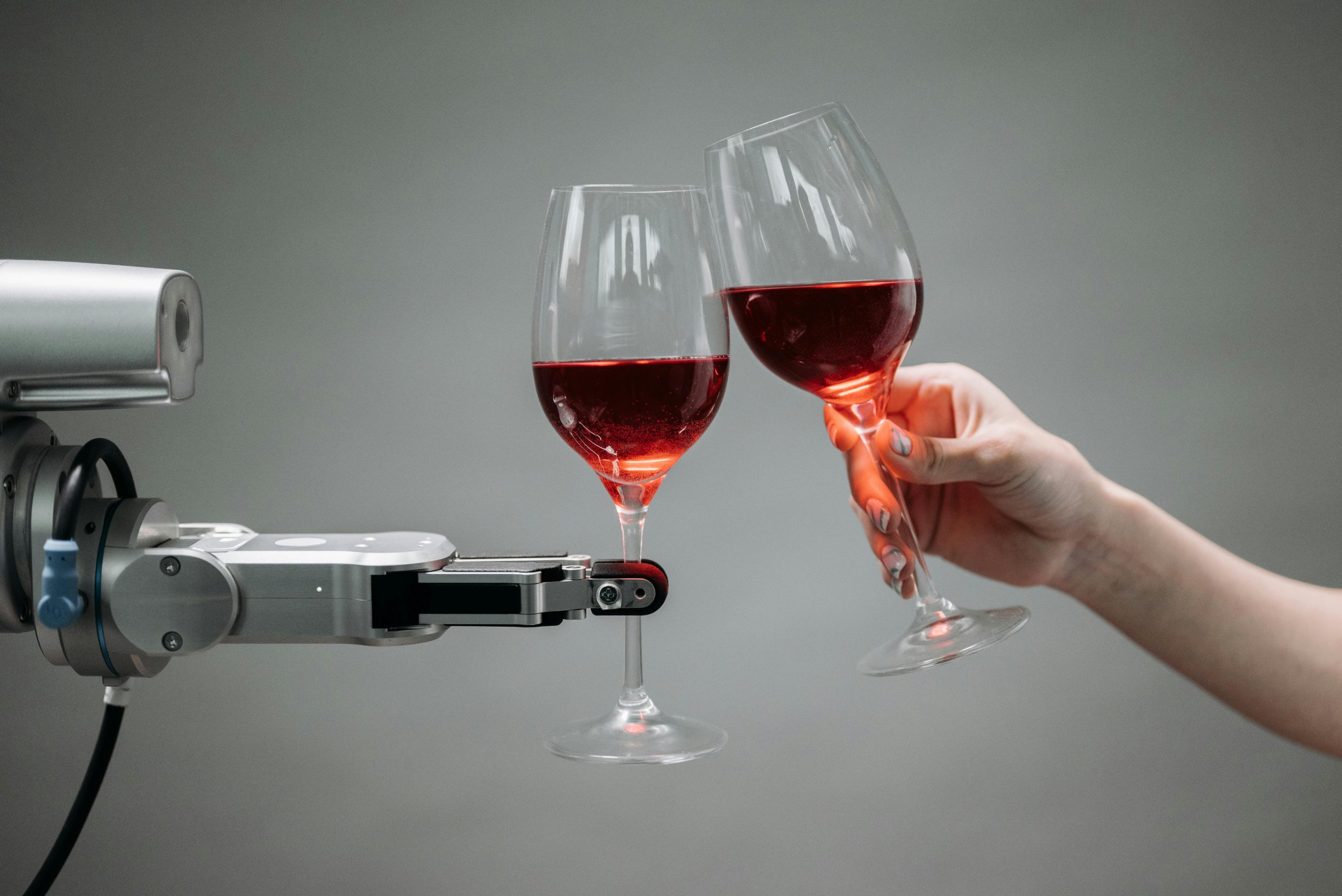Pop-Up Restaurants: Reinventing the Culinary Experience
In every industry, innovation is key to diversifying market offerings and competition, as well as meeting the needs, demands, and expectations of today's consumers. While it is true that the technology industry, with notable examples like Apple, Tesla, Microsoft, and Samsung, is a major player in constant innovation, the service and consumer sector also stands out. In fact, in 2023, this sector ranked fourth in innovation. Today, we explore innovative proposals in the gastronomy sector that satisfy needs beyond the palate. For some time now, proposals have emerged that aim to offer unique and unconventional experiences. This gave rise to the famous "pop-up restaurants," where people can not only enjoy a meal but also engage socially in a temporary and exclusive setting. Although not a new concept, pop-up restaurants have evolved to offer once-in-a-lifetime experiences. Brands are tasked with continually innovating their offerings, and renowned chefs have joined this trend, creating events that are sometimes clandestine and at other times highly exclusive. The essence of pop-up restaurants is to offer a creative and temporary culinary experience. This demand can be summarized into three irresistible pillars for the public: Innovation: The main axis of the entire experience, aiming to offer something unique and
Artificial Intelligence in the Kitchen: How It’s Changing the Future of Gastronomy
The future of gastronomy is being transformed by artificial intelligence (AI), a change that manifests in multiple ways. From haute cuisine to fast-food restaurants, AI is reshaping how we prepare and experience food. Innovation in Haute Cuisine: Renowned chefs, like Andoni Luis Aduriz of Mugaritz restaurant, are employing AI to create new flavor and texture combinations. Thanks to machine learning algorithms, it's possible to explore unprecedented combinations that enrich gastronomy with innovations and unparalleled culinary experiences. Efficiency in fast cooking: The automation of processes and customization of menu recommendations through self-service kiosks are just a few examples of how AI is enhancing efficiency in fast-food restaurants. Supply chain management and food traceability are also key areas where AI is making a difference, ensuring quality and reducing waste. Cutting-edge cooking techniques: AI has enabled the implementation of advanced techniques like sous vide and low-temperature vacuum cooking. These methods allow for cooking food at precise temperatures, guaranteeing consistent results and intense flavors. Additionally, AI-powered kitchen robots are assisting in complex tasks, facilitating chefs' experimentation with innovative flavors and textures. Personalization of the gastronomic experience: AI is enabling unprecedented customization in the culinary experience. From menus tailored to individual dietary preferences and needs to facial recognition of


